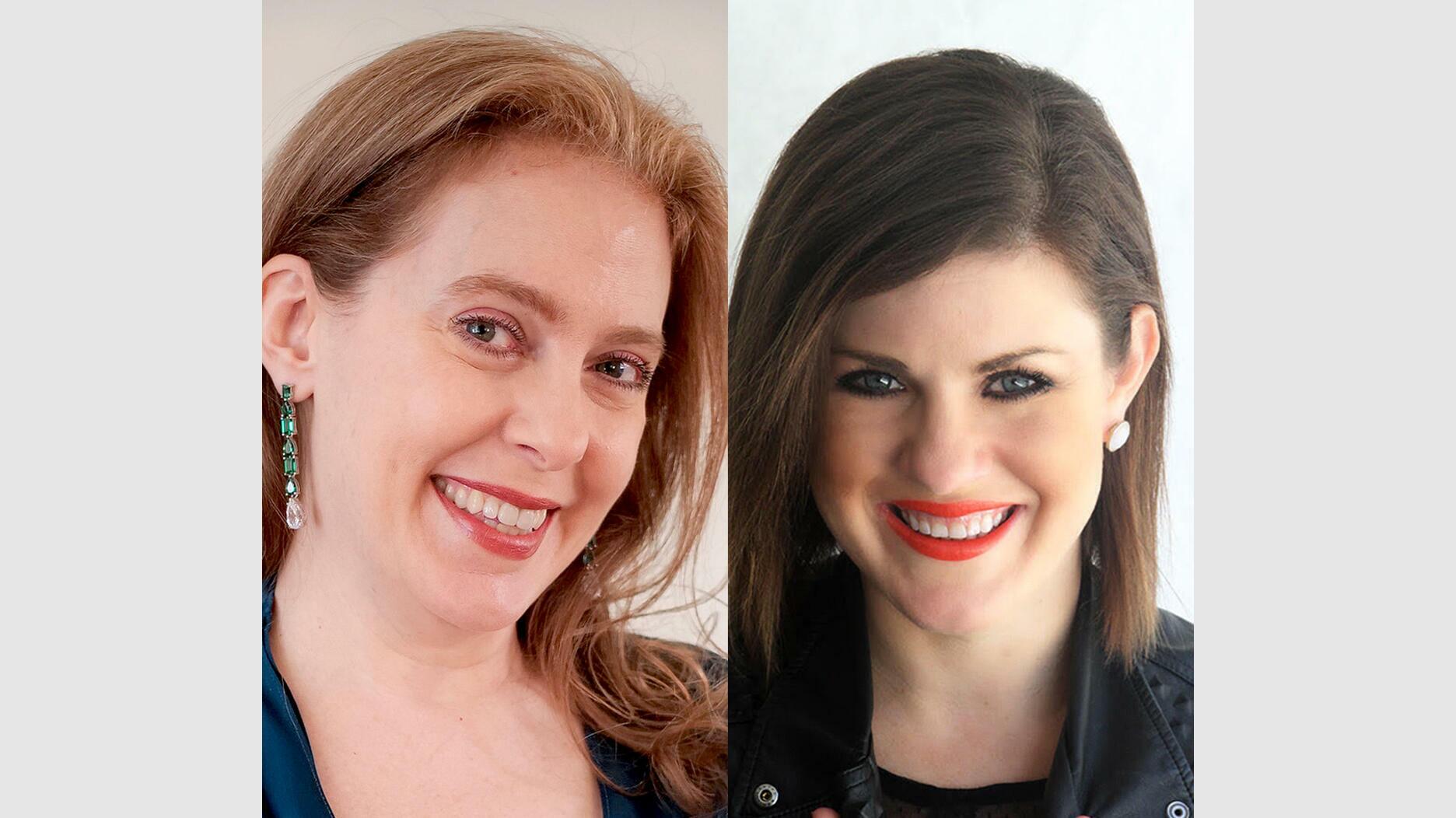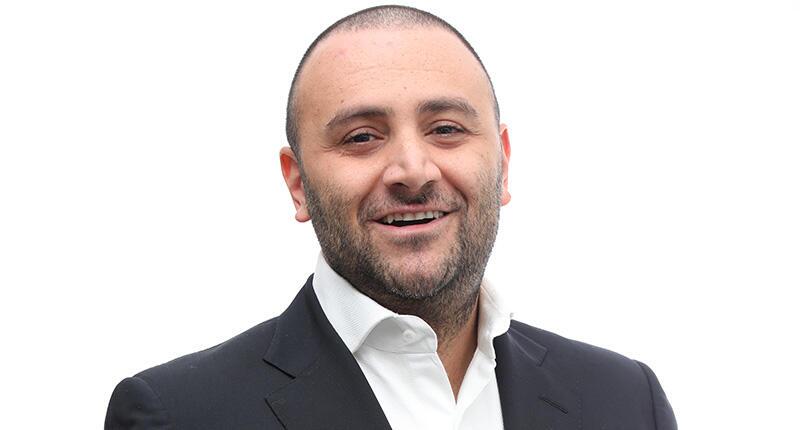Squirrel Spotting: 5 More Pointers From ‘The Sales Minute’
Peter Smith shares additional tips from his new book, which include thoughts on avoiding negative people and using hand gestures.

To kick off August, we thought it might be fun to repeat the format for this column by featuring five additional pieces of advice from the book.
If you’d like to read all 101 tips, you can buy “The Sales Minute” from Amazon, Barnes & Noble, and other places where books are sold.
Note that the tips in the book aren’t arranged in any particular order, which I hope will encourage salespeople to open to a given page at any time and put that tip into practice that same day.
This article reflects the random pattern.
Use Hand Gestures
Effective communicators use their hands more when they are speaking. It makes them appear warmer and more relatable.
People who hide their hands, hold them in a static position, or keep them in their pockets are perceived as less engaging and, perhaps, even threatening. This goes back to our genesis, when we needed to see the hands of approaching strangers to determine if they were carrying a weapon.
Practice using your hands to communicate. Watch TED talks and notice how often the best communicators use their hands.
In a post-pandemic world, when shaking hands may become less ubiquitous, showing, and using, your hands to communicate will be more important than ever.
Practice Turnover
Studies show that when we meet someone, we make decisions about them in one-tenth of one second.
Given that, the notion that any one salesperson will connect with every single customer they meet is egotism personified.
Unfortunately, some salespeople see turnover as a personal failure and having to give the customer to a colleague is akin to rubbing salt in the wound. That is not the case.
There are many reasons why a customer might feel uncomfortable with a salesperson, and most of them are not remotely conscious. Plan to turn over customers when the dynamic seems off, whether you’ve just greeted them or have worked with them for a few minutes.
Practice “pulling in the expert” as you introduce the customer to your colleague when you feel like someone else might better connect.
Sell What’s Healthy for the Business
In a perfect world, all products in a store would be equally profitable. That, however, is rarely the case.
Out of necessity, many stores carry products that, on their own, would not provide enough profit to sustain the business.
The brands or products are deemed necessary to support the broader business objective but can place a drain on margins and profitability if they constitute too large a proportion of overall sales.
Blindly reaching for those products, especially if they are at lower price points or loss leaders, can put an unnecessary strain on the business.
Salespeople should know what categories, brands, or products are deemed essential to the profitability of the business and ensure those products are front and center when they align with the customer’s needs.
There is no value whatsoever in choosing to associate with chronically negative people.
We all have an occasional bad day or a tough moment when we need to vent, but some people seem to have been born to complain and they must be avoided at all costs.
Negativity begets negativity, and the endless cycle of complaining, under-performance, and anticipated and realized disappointment becomes self-fulfilling, not just for the complainer but also for people within their orbit who allow themselves to be pulled into the emotional abyss.
Choose carefully who you spend time with, and avoid or limit your exposure to negative people.
Your sanity will thank you for it.
Don’t Spend From Your Own Pocket
The reason we explore our customers’ motivations, needs, and desires is to understand what they want and, in the process, to understand what value proposition is most important to them.
Customers bring all sorts of psychological triggers into their shopping experiences, and we cannot make assumptions about what those triggers are without doing the work.
Believing that your customers see value the same way you do is a mistake that is devoid of context and presumptuous.
Do your job in uncovering their motivations; don’t spend from your own pocket.
I hope you enjoyed these tips, and I wish you all good health and a happy summer!
The Latest

The couple pleaded guilty to concealing at least $127 million in cash transactions at its precious metals businesses.

Consumers shared concerns about prices, inflation, tariffs, trade, and politics in the survey’s write-in response section.

In February 2026, the auction house will move its headquarters to the former Steinway Hall, a neoclassical landmark on Billionaires’ Row.

How Jewelers of America’s 20 Under 40 are leading to ensure a brighter future for the jewelry industry.

The new show will take place Jan. 23-25, 2026.


The former BHP Billiton leader and Gemfields chairman is remembered for his influential leadership throughout his 50-year mining career.

The LVMH-owned brand has partnered with the costume design union to revamp its award for 2026.

Roseco’s 704-page catalog showcases new lab-grown diamonds, findings, tools & more—available in print or interactive digital editions.

The luxury titan inked a deal to acquire an initial minority stake in the jewelry manufacturer with a pathway to full ownership by 2032.

The company’s curation of unsigned vintage and estate jewelry debuted at the Bloomingdale’s in Costa Mesa, California.

In the recent multi-shipment seizure, CBP also found counterfeit Audemars Piguet, Moncler, and Chrome Hearts items.

Helzberg’s Chief Retail Officer Mitch Maggart shared details about its tests of a new store concept rooted in an elevated luxury experience.

Jewelers of America execs and National Jeweler editors discuss tariffs, the sky-high gold price, and the engagement that broke the internet.

The luxury goods company said founder Ippolita Rostagno will remain at the brand’s helm.

Laura Burdese, who joined the Italian luxury brand in 2022, will take on the role in July.

The National Jeweler editors revisit the most noteworthy industry happenings and design trends from 2025.

Need a gift for the cat lover who has everything? Look no further than our latest Piece of the Week.

It purchased the “Grosse Pièce,” an ultra-complicated Audemars Piguet pocket watch from the ‘20s, for a record-breaking price at Sotheby’s.

The lab-grown diamond grower now offers custom engagement and fashion jewelry through its Kira Custom Lab Jewelry service.

Chandler got his start at Michelson Jewelers and has served as DCA president and CEO since 2001. He will retire at the end of the month.

The boutique is slated to open this week inside Terminal 8, offering pre-owned Rolex watches and more to international travelers.

Sponsored by Digital Monitoring Products

The special-edition egg pendant ingested in a New Zealand jewelry store was recovered after a six-day wait.

Associate Editor Natalie Francisco plays favorites with Piece of the Week, selecting a standout piece of jewelry from each month of 2025.

The “Love and Desire” campaign is inspired by the magic that follows when one’s heart leads the way, said the brand.

Two awardees will receive free tuition for an educational course at the Swiss lab, with flights and lodging included.

Berta de Pablos-Barbier will replace Alexander Lacik at the start of January, two months earlier than expected.





























